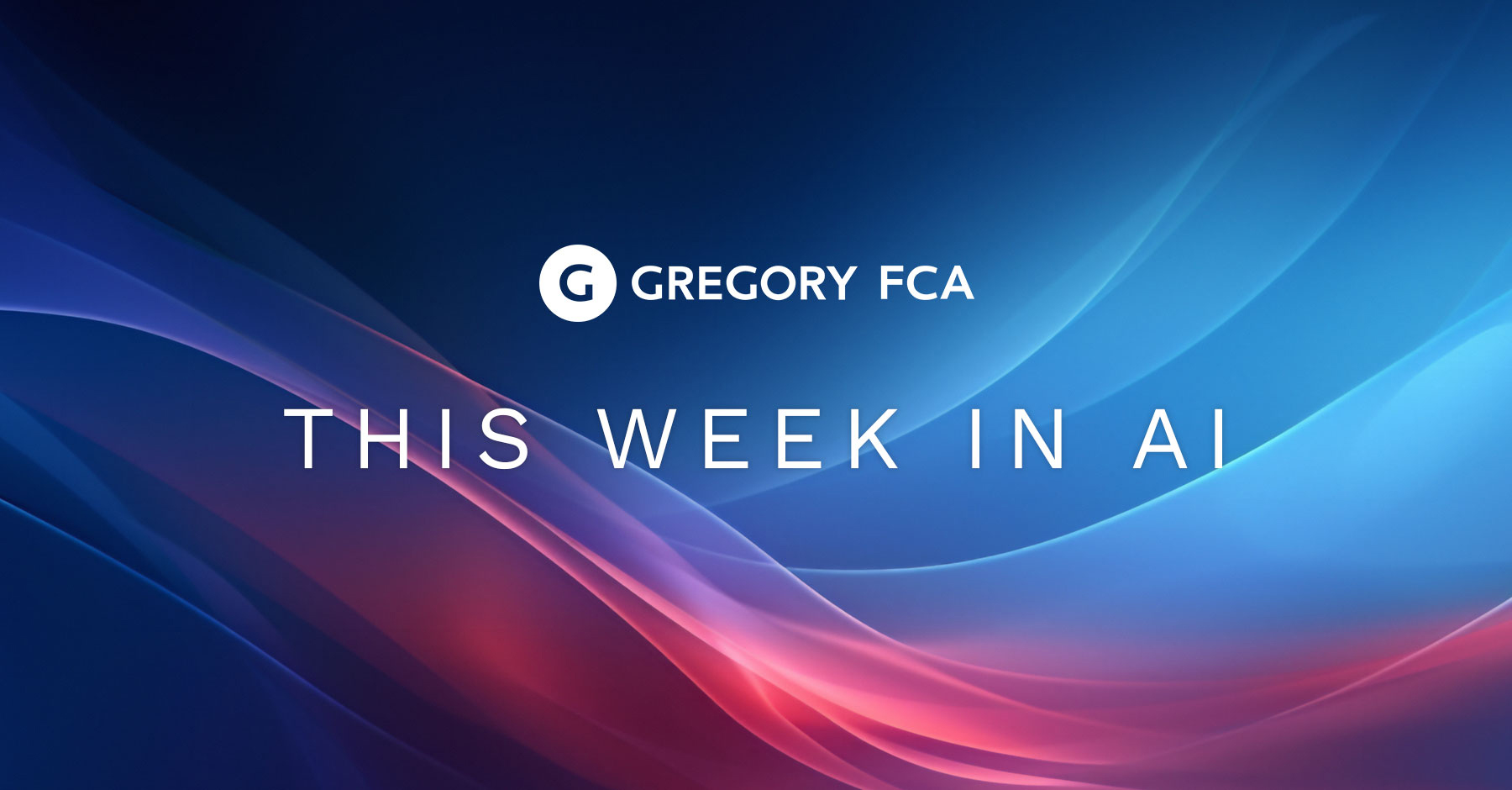Headlines You Should Know
More Ads are Coming to AI Tools
How many ads do you think you see in a day? Some studies claim it’s as high as 10,000, but one researcher sought to debunk that last year and counted 93 (with the admission that more were likely missed). Ads can certainly blend in, to the point where they’re difficult to recognize, and now they are showing up on AI tools that have grown popular.
You may have noticed ads at the bottom of some custom GPT outputs, and developers are brainstorming on OpenAI’s message board on what the best strategies are to monetize their GPTs. GenAI-based search engine Perplexity is reportedly planning to serve ads soon, too. Unlike typical search engines, Perplexity answers queries in plain language and not just a series of links, so ad copy could blend in rather easily. Other tools are likely to follow, taking another opportunity to recoup the staggering cost of running AI platforms.
Just like newspapers, websites, and TV, there’s no putting the genie back in the bottle. Once ads are here, they’re here to stay. With ad content showing up in outputs, we need to be extra careful with what we take from AI tools to safeguard the authenticity and credibility of our work. You don’t have to think too hard to imagine the embarrassment of copying an ad into a piece of content by accident. Even academic journals have gotten sloppy and left obvious AI text like “as of my last knowledge update …” in published studies.
Elsewhere …
- OpenAI Built a Voice Cloning Tool, but You Can’t Use it … Yet
- LISTEN: How Financial Advisors Can Help More Clients Faster With AI
- DeepMind CEO Says AI Funding Brings Hype ‘Maybe Some Grifting’
- We’re Focusing on the Wrong Kind of AI Apocalypse
- Now You Can Use ChatGPT Without an Account
Tips and Tricks
 How to share GPTs and let others look under the hood
How to share GPTs and let others look under the hood
What’s happening: OpenAI recently changed the way permissions work for GPTs in ChatGPT Team and Enterprise, giving creators more control over who can see what. The new options include the ability to share GPT configurations or duplicate GPTs within a workspace.
Why it’s important: The advent of custom GPTs was a little messy. It was hard to share with others how you built your GPT, so they could tinker with your blueprint and customize the GPT for themselves. The new options make it possible for colleagues to copy and customize your GPT with the click of a button.
Try this: Click on the Edit GPT button, then the Share button in the upper-right corner. The pop-up box now looks similar to sharing a Google Doc. You can choose individuals to share with or give access to the entire team. There’s also a drop-down menu that allows you to choose whether other users can just use your GPT, or view its configuration — the instructions, knowledge, and other setup — so they better understand how it works and customize their own version.
Quote of the Week
“But the reality is we are already living in the early days of the AI Age, and, at every level of an organization, we need to make some very important decisions about what that actually means. Waiting to make these choices means they will be made for us. It opens us up to many little apocalypses, as jobs and workplaces are disrupted one-by-one in ways that change lives and livelihoods.”
— Ethan Mollick, Professor of Management at Wharton, in a Time op-ed
